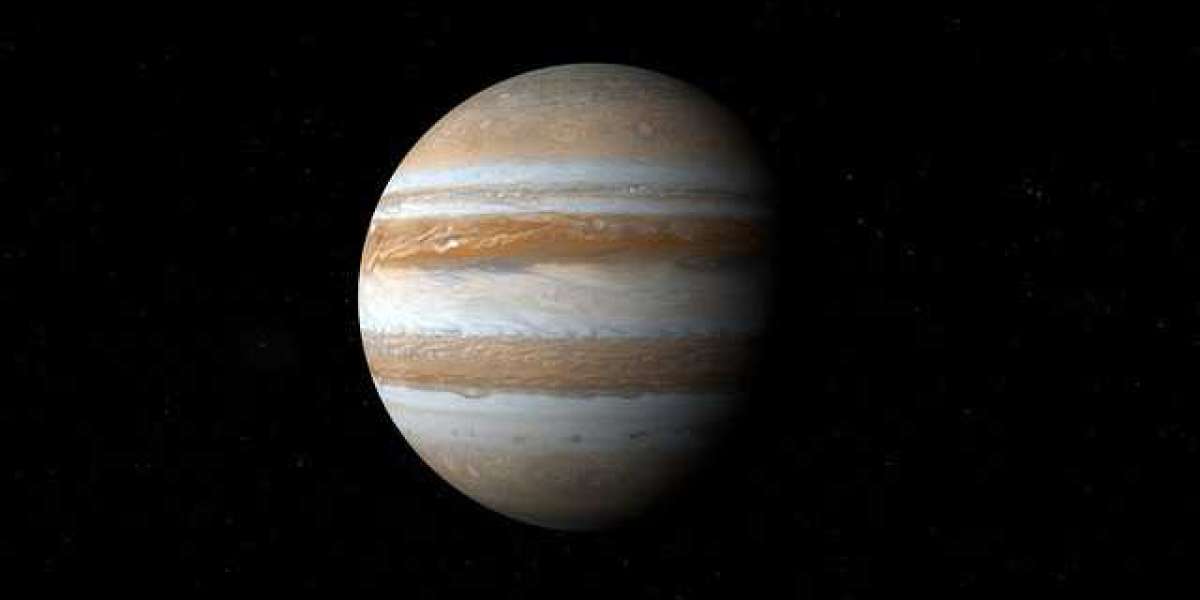Finding Life 'As We Don't Know It': What to Look for
A series of universal patterns in the chemistry of life are discovered by them, and these patterns are not dependent on specific molecules.
The patterns of all life forms on Earth, from bacteria to elephants, fish to dogs, insects to people, all follow one and the same basic structure or pattern of development. Every living thing is composed of a series of very specific elements (the most important of which is carbon), which require water and react chemically in the same way. These elements combine to form sugars and proteins, which are assembled into genes and linked together to form long DNA molecules, which serve as the 'book of instructions' for the organism.
That is the only way we are familiar with the concept of "being alive." It's possible that things are extremely different out there in the vastness of the Universe. For example, life could have evolved from alternative chemical reactions or from materials other than carbon, such as silicon, germanium, or sulfuric acid.
Additionally, organisms could employ solvents such as methane or ammonia in place of water. But how do you find out? We will never be able to look for something we do not understand, and it will be impossible to calibrate the instruments that should be used to seek for life in such a way that they will detect chemical processes whose features are completely unknown to us. Therefore, all efforts to discover life on planets other than our own are restricted to searching for more examples of the only sort of life we are familiar with: our own. There are just no techniques available to anticipate life 'as we currently understand it.'
Despite this, it is possible that certain biological processes connected with life are common in other parts of the Universe. After much deliberation, a group of scientists from Arizona State University has opted to look for those 'generic' processes. And they have been successful. Researchers have succeeded in uncovering a sequence of universal patterns in the chemistry of life that are not dependent on individual molecules, according to research that has just been published in the Proceedings of the National Academy of Sciences (PNAS) journal. In this way, the research presents an incredible potential to forecast the characteristics of extraterrestrial life on the basis of a completely different biochemistry from that of our own.
The life we aren't familiar with
According to Sara Imari Walker, a co-author of the research, "We want to have new tools to discover and even forecast characteristics of life that we aren't aware of." Our goal is to find the universal laws that should apply to any biological system in order to accomplish this. This encompasses the development of a quantitative explanation of the origins of life, as well as the application of theory and statistics to guide our search for extraterrestrial life."
"The phenomena of life itself is a rather tough idea to pin down," says Dylan Gagler, the study's principal author, in his own statement. Based on my understanding, life is essentially a biological activity, and so I started to investigate what life is doing at the molecular level."
Gagler and Walker came to the conclusion that enzymes, as the primary drivers of biochemistry, would be an excellent beginning point for their research. They began by investigating the enzyme makeup of bacteria, archaea, and eukaryotes in order to capture the majority of the biochemistry existing on Earth, which they did in collaboration with their collaborators
A fundamental distinction between life on our planet is the distinction between two types of cells: prokaryotes, which are simple cells with no clearly defined nucleus and whose genetic material is distributed throughout its interior; and eukaryotes, which are much more complex and compartmentalized cells, with a nucleus enclosed by a membrane that stores the DNA and organelles that perform different functions. The bacteria and all of the unicellular microorganisms belonging to the kingdom of the archaea are included in the first group. To the second, all of the cells that come together to form complex creatures, ranging from simple yeasts to humans and beyond.
With this method, the researchers were successful in discovering a new sort of "biochemical universality," which is a collection of statistical patterns that are common to all shared enzymes throughout the tree of life. It was through this process that they were able to confirm that the statistical patterns were derived from functional principles that could not be explained by the common set of enzymatic functions used by known life, and they were able to identify scaling relationships associated with various types of functions.
This discovery allows us to develop a new theory of the general rules of life, which can guide us in the search for new exoplanets, as explained by Kim Hyunju, another member of the team. "We identified this new kind of biochemical universality from the large-scale statistical patterns of biochemistry and found that they are more generalizable to unknown life forms compared to the traditional one described by the specific molecules and reactions that are common to all life on Earth." on Earth -explains Kim Hyunju
In other words, future astrobiological research could uncover evidence of life on distant planets by concentrating on what that life does rather than what it is. According to the researchers, their findings will be preserved "in any area of the Universe," which will allow them to conduct studies that were previously impossible to conduct. Without a question, this is a crucial first step in broadening our search to include life as we do not currently know it.



